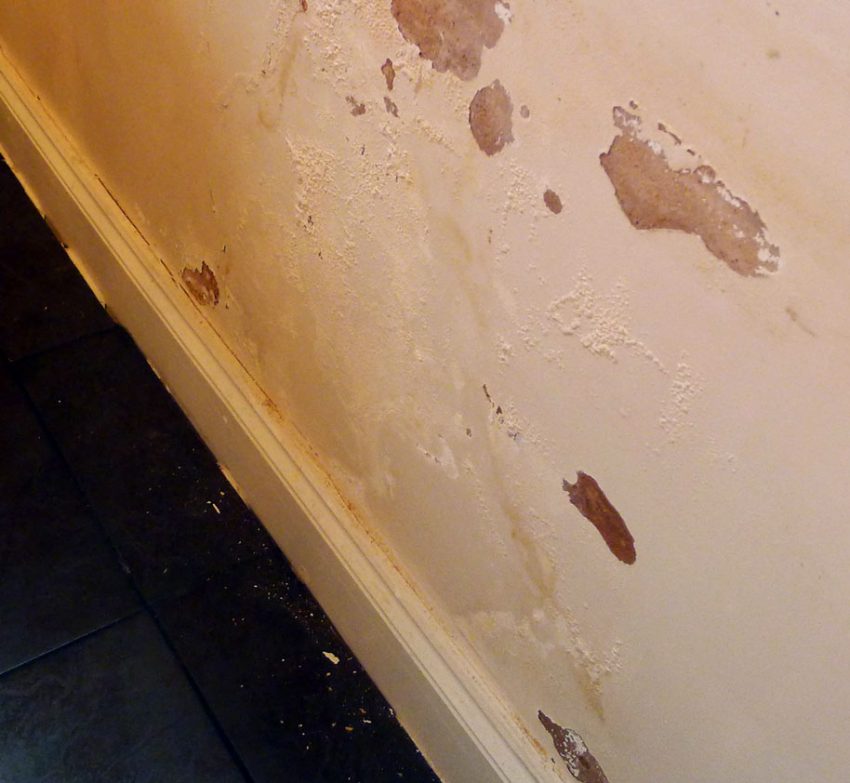Introduction: Unraveling the Menace of Rising Damp in Ipswich
When it comes to maintaining the structural integrity and comfort of your home, rising damp is a menace that homeowners in Ipswich, like many other places, must contend with. Rising damp can wreak havoc on your property, causing a range of issues from cosmetic damage to potential health concerns. In this blog, we will delve into the causes, effects, and effective solutions for Rising damp ipswich, helping you understand how to tackle this common problem head-on.
Understanding Rising Damp: Causes and Mechanisms
Rising damp occurs when groundwater from the soil beneath a building is drawn up through the capillaries of porous building materials such as bricks and mortar. The main causes of rising damp include:
- Lack of Damp Proof Course (DPC): Many older properties in Ipswich were constructed without an effective damp-proof course, a barrier that prevents moisture from rising through walls. This absence can allow moisture to seep into the walls and cause rising damp.
- Bridge in DPC: In some cases, the DPC might have been compromised due to poor construction practices, allowing water to bypass the barrier and infiltrate the walls.
- High Groundwater Levels: Ipswich’s location near rivers and water bodies can lead to high groundwater levels, exacerbating the risk of rising damp.
Effects of Rising Damp on Your Property
Ignoring rising damp can lead to a cascade of damaging effects on your property:
- Deterioration of Building Materials: The continuous presence of moisture can lead to the degradation of bricks, mortar, and plaster, weakening the structural integrity of your home.
- Mold and Mildew Growth: Moisture provides an ideal environment for mold and mildew growth, leading to not only unsightly stains but also potential health risks.
- Health Concerns: Mold spores and damp environments can contribute to respiratory problems, allergies, and other health issues among the occupants.
- Aesthetic Damage: Peeling paint, wallpaper, and unsightly water stains can mar the aesthetics of your home.
Solutions for Rising Damp in Ipswich
Tackling rising damp requires a systematic approach to address the root causes and mitigate its effects:
- Damp Proof Course Installation: If your property lacks a proper DPC, consider having one installed by a professional. This involves injecting a waterproof barrier into the walls to prevent moisture from rising.
- Repairing DPC: If your existing DPC has been compromised, it’s essential to repair or replace it to ensure its effectiveness.
- Improved Drainage: Ensuring proper drainage around your property can help reduce the risk of rising damp. Regularly clear gutters and ensure downspouts direct water away from the foundation.
- Ventilation: Proper ventilation is crucial in damp-prone areas such as basements and crawl spaces. Installing vents and using dehumidifiers can help keep these areas dry.
- Repointing and Rendering: Repair any damaged mortar or render on your property’s exterior walls to prevent water from penetrating.
- Interior Remediation: Treat affected areas by removing damaged plaster, thoroughly drying the walls, and applying mold-resistant paint or treatments.
